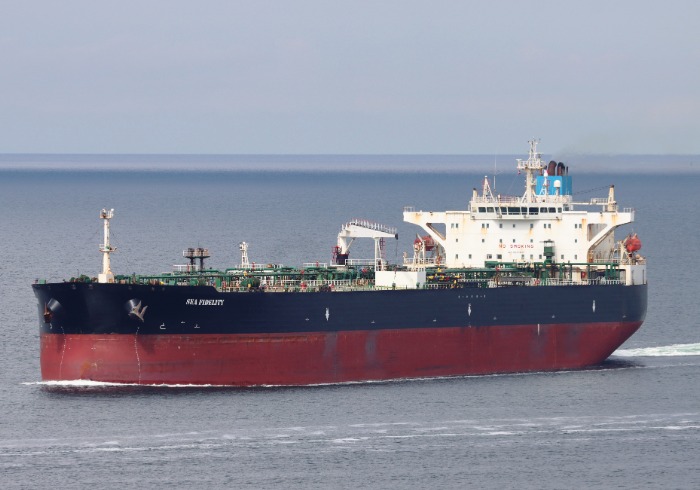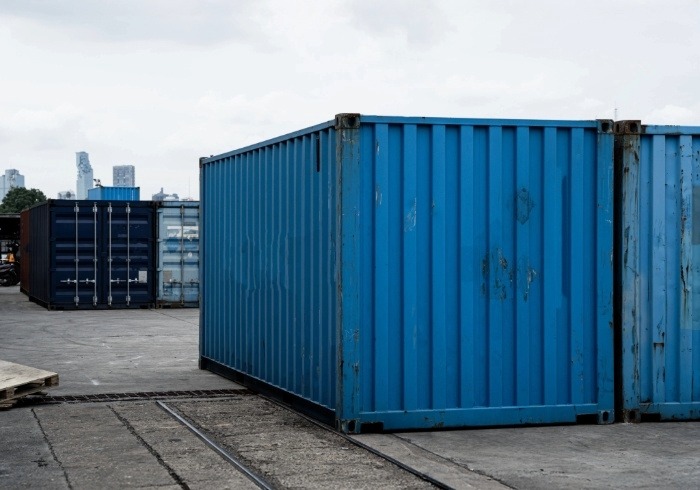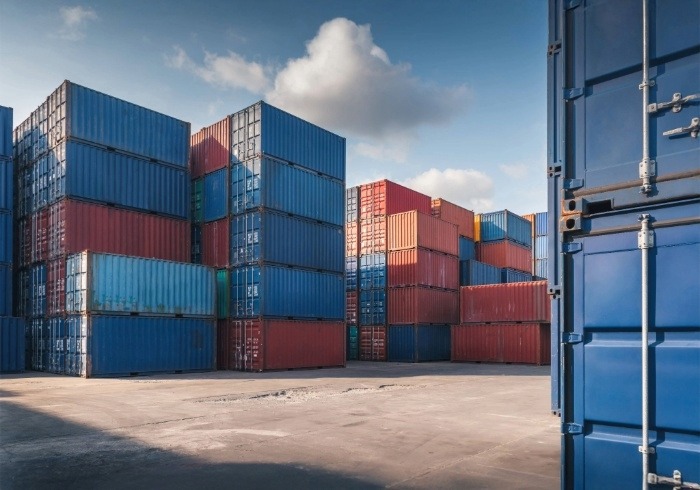New players are stepping in to finance oil and gas deals in the Middle East and Africa. Sarah Rundell reports.
A diversity often forces creativity, so it is no surprise that today’s turbulent markets are encouraging innovation. Qatar’s US$10.3bn Barzan gas project was one of the largest project financings ever completed and had all the hallmarks of ingenuity.
The deal involved a syndicate of over 30 banks and ECAs, with new lenders stepping in to replace debt-laden European banks.
Although deals of Barzan’s size and ambition may be thin on the ground through 2012, it does shed light on what to expect this year in the region’s oil and gas sector. It is this type of lending, along with finance from project bonds, which will increasingly fill the financing gap.
As in the Middle East so in Africa, where project sponsors will increasingly work with a broader pool of lenders and more local content as regional banks turn the cut of lines and hike in pricing from European lenders to their own advantage.
This year, pricing will creep higher before it falls, which may wrong-foot borrowers that have decided to stay on the sidelines until the economic climate improves.
Continued political instability will impact projects out of the Middle East, though experts say the market has many faces; while some borrowers and lenders will struggle, others will flourish in today’s challenging climate.
Last year, steady lending to finance oil and gas exports and investment dominated global trade finance, with Dealogic finding global oil and gas industries borrowed US$36.7bn, accounting for 22% of total volumes. This year, out of the Middle East and Africa at least, the volumes may be down, but it will still be a busy year.
The region’s mega deal will come from Saudi Arabia. The size and ambition of state oil giant Saudi Aramco and US-based Dow Chemical’s US$20bn integrated chemicals complex in Jubail Industrial City, Saudi Arabia will shadow other projects in the Gulf.
The Sadara Chemical Company, a joint venture announced last July, is slated to close in the second half of 2012 and is part of the country’s efforts to diversify its economy away from oil by creating one of the world’s largest chemical facilities.
It is also part of a policy drive, prevalent in Abu Dhabi and Oman too, to create jobs for burgeoning populations.
Pricing on the deal could be tougher than expected because of Saudi’s own immature capital market and restrained global bank liquidity. “Saudi Aramco and Dow Chemical are a good risk, but the volume is so big that funding could be a problem,” predicts Andreas Pörtner, director at KfW in Germany.
As for Barzan, ECAs and regional lenders will come in on the deal but French and Italian commercial banks, traditional stalwarts in these kinds of large transactions, won’t have a huge presence. US banks may be similarly loath to lend long-term.
This gap between ECA cover and newcomers could be bridged by project finance bonds or more local Islamic tranches. The Barzan deal featured a US$850mn Islamic facility from Qatari banks and ECA-backed tranches from Italy’s Sace, Korea’s Kexim, the Japan Bank for International Cooperation and Japan’s Nippon Export and Investment Insurance (Nexi).
Middle East prospects
Elsewhere in the region, Saudi Aramco’s joint venture with Sinopec for the development of the US$10bn Yanbu refinery in Saudi Arabia will have been boosted by the January visit of Chinese prime minister Wen Jiabao. It could mean fundraising for the project starts this year, says one Dubai-based banker. The Chinese state-controlled oil company replaces ConocoPhillips, which dropped out of the project in April 2010.
Further afield, Qatar and Jordan are planning a US$2bn LNG receiving terminal at the Jordanian terminal of Aqaba, and in Qatar, Qatar Petroleum and Royal Dutch Shell are seeking financial advisors for a US$6.4bn petrochemical complex. Oman also plans to boost capacity at its Sohar refinery in a US$1.5bn extension to meet growing domestic fuel demand.
In Iraq, Shell and Mitsubishi have ventured where others fear to tread, signing a deal to capture flared gas in the south of the country. The project opens the door for Iraq to export LNG to the international market, but despite the opportunity, any developments will have to be financed by sponsor equity this year.
There is limited commercial bank appetite despite the number of requests; Iraq still hasn’t really taken off, say bankers.
“All deals will need comprehensive cover from the likes of the ECAs and multilaterals,” says Katan Hirachand, managing director of energy project finance at Société Géneralé in London. Japan’s Nexi recently signed new framework agreements with Iraqi institutions.
Out of Africa
In Nigeria, Africa’s biggest oil producer, the deal flow will comprise pre-export finance and reserve-based lending as borrowers use reserves in the ground as collateral to ensure cheaper finance and reduce their financial burden.
Local Nigerian banks will also increasingly lend to the oil and gas sector. In the first financing of an upstream operation by local banks, First City Monument Bank and Stanbic IBTC lent to and structured Nigerian oil group First Hydrocarbon Nigeria’s purchase of an oil block off Total, Eni and Shell with a US$280mn loan. The deal was closed in December last year.
Local banks are growing increasingly comfortable funding investment against reserves in the ground thanks to steady oil prices. Their role providing a US$450mn tranche of oil giant ExxonMobil’s US$1.4bn reserve-based financing facility to boost production at its various Nigerian oil wells, due to close soon, is evidence of this.
The arrival of new sources of finance in the shape of local lenders is timely for Nigerian project sponsors hit by the European liquidity crisis. But local banks can’t completely fill the gap. “Local and regional banks can’t provide finance in US dollars.
European banks will become even more selective. So for LNG and power deals, where tenors need to be significantly longer, there could be a crunch,” predicts Société Géneralé’s Hirachand.
Ghana’s growing oil sector will also be a source of deals. However, the IMF will have to sign off any commercial government borrowing in the sector because of Ghana’s previous HIPC (heavily indebted poor countries) status.
Commercial banks are still waiting to play a role in the export of crude from the giant Jubilee field. “Given much of it is offshore production and offshore cash flow, the risk profile is pretty good,” says Deutsche Bank’s John MacNamara, global head of structured commodity trade finance.
Nigeria’s downstream sector could also start to throw up deals as the government scraps the fuel subsidy. Deregulation of the sector recently stalled because of domestic protests over the sudden hike in fuel prices. Once the subsidy is finally phased out however, it will trigger financing of new refineries in coming years.
Although it is awash with its own oil, Nigeria imports most of the fuel it consumes because its four deteriorated refineries only produce a quarter of their installed capacity.
Despite the opportunity, investors have shied away from the sector where subsidies kill off the profit. China has already announced plans to invest in the sector, drawing up a US$23bn framework with the Nigerian National Petroleum Company (NNPC) to build three refineries.
Nigeria’s own oil group Oando has also announced plans for a refinery. Oando’s capital raising plans could include a mixture of local and international banks, although it has only been the latter that has lent to Nigerian oil and gas deals where revenue streams are in dollars.
Crisis in Europe may increase China’s role even more in the financing of exports and oil and gas projects in Africa. Many African banks have traditionally borrowed from European lenders and then on-lent to local projects. The European liquidity crisis and cheaper Chinese finance threatens to change this.
“More African banks are looking east because European banks can’t match the rate from China,” says Wale Shonibare, managing director at UBA Capital in Lagos. Chinese banks may have deeper pockets than western rivals, but they don’t chase every deal and the “threat” is often exaggerated, counter others.
“Chinese teams are all relatively small so can be stretched when there’s a lot on. They have the same concerns these days about credit risk and the same capacity constraints when it comes to agenting deals,” says Deutsche Bank’s MacNamara.
Elsewhere in Africa, bankers predict a future deal pipeline away from Nigeria and Angola to East Africa. Italian group Eni made its biggest natural gas discovery in its history off the Mozambiquan coast last October.
Other large commercial gas finds off the coast hold the potential to transform Mozambique and Tanzania into gas exporters; national oil companies and upstream independents could come to the market and borrow to monetised projects through LNG.
Although exploration is usually funded through equity, exploration and production companies – the likes of Tullow Oil, Kosmos, Afren and others – raise both equity and debt. Bankers say these types of companies raising debt will continue to be a “buoyant end” of the market through 2012.
Africa and the Middle East promise a steady stream of oil and gas deals through the year, but the market will ebb and flow. Factors like instability in the Middle East, the euro crisis and new entrants struggling to raise finance, will characterise the market, but balance will come from other areas like mega projects out of Saudi Arabia.
Although volumes may fall off, companies trading with the Middle East and risky or new African sponsors, are more in need than ever for the extra security bought by trade instruments like letters of credit.
“A bit of crisis is always good for the trade finance market, otherwise everyone trades open account and borrows unsecured. The way things are going we could still be quite busy even if outright volumes come down,” says MacNamara. GTR








